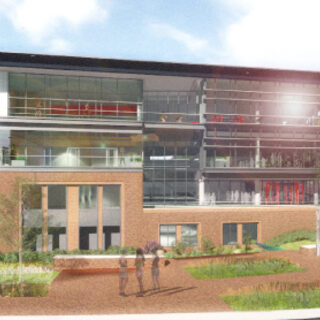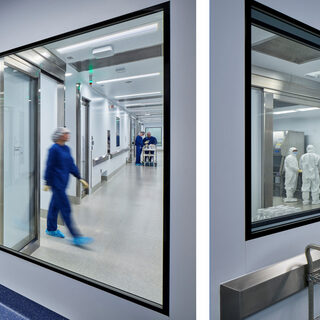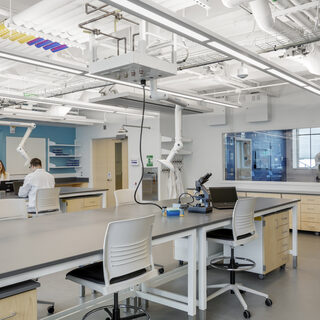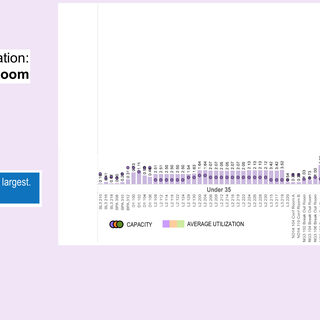Tradeline's industry reports are a must-read resource for those involved in facilities planning and management. Reports include management case studies, current and in-depth project profiles, and editorials on the latest facilities management issues.
Latest Reports
Promoting Well-Being on Campus
Universities are embracing the idea that wellness and well-being efforts improve student success, and that student mental health impacts everyone. To that end, many institutions acknowledge wellness initiatives as preventative health measures rather than just an amenity. At North Carolina State University, for example, multiple stakeholder groups—including athletics, wellness, healthcare services, and mental health counseling—connect to help students build healthy habits and provide those in crisis with a more secure safety net. In 2018, NC State renamed University Recreation to Wellness and Recreation to better reflect the department’s focus on overall well-being for students and staff. With an annual operating budget of $6.3 million, the department has 32 professional staff and 650 student employees who provide fitness and wellness-related training and classes. A new Wellness and Recreation Center, scheduled to open in Fall 2020, will replace a 1960s building that has outlived its usefulness, despite a number of renovations over the years. The $45 million project addresses health, code, safety, and ADA deficiencies, and the resulting building will serve as a campus hub that provides more than 82,000 sf of fitness, administrative, and multipurpose space.
Adding Manufacturing to a Pharmaceutical Research Lab
Children’s Hospital of Philadelphia (CHOP) is joining a growing wave of pharmaceutical research facilities that are incorporating small-scale manufacturing into their spaces. Fitting the manufacturing suites into an underground floor of an existing building was a challenge for architect, engineer, and scientist alike. The suites are designed to produce clinical vectors, important “vehicles” to which drug companies “attach” treatments so that those treatments reach the right location in a patient’s body.
Achieving Better Academic Space Utilization Through Strategic Relocation, Remodeling, and Demolition
The University of Missouri (MU) will eliminate 750,000 sf of education and general facilities space by 2023 in order to reduce costs and improve overall space quality and utilization. The initiative will allow the university to save approximately $153 million in deferred maintenance, capital renewal, and plant adaption costs, as well as about $5 million in annual operating costs. It’s an ambitious undertaking, considering that the 1,200-acre main campus in Columbia, Mo., has 7 million sf of education and general facility space spread across 185 major buildings. To meet the 10 percent reduction goal over the next four years, the university will strategically demolish, divest, relocate, and rebuild a data-driven selection of aging or under-utilized buildings.
Reimagining and Reusing 20th Century Buildings for Modern Engineering
Most academic science buildings constructed in the mid-20th century were not designed to support the interdisciplinary, collaborative, and entrepreneurial dynamics of modern engineering teaching and research that occupy these buildings today. While motivations for renovation can range from the need to update outdated building systems, to the desire to improve the school’s ability to recruit new talent and donors, most major renewal projects share similar challenges of aging infrastructure, complex logistics, and phased implementation. Using examples from recent renovations at Cornell University, Ohio State University, and the University of Massachusetts, principals from Perkins+Will share how these and other challenges can be addressed.
Big Data for Better Design
Almost every field of endeavor has been supercharged in recent years by the advent of “big data”—the ability of computers to process and analyze large data sets to gather insights. The business of creating student spaces on campuses is no different. June Hanley and Scott Foral of HDR have used big data in several projects, and offer some wisdom on how to turn raw data into actionable results.





